|
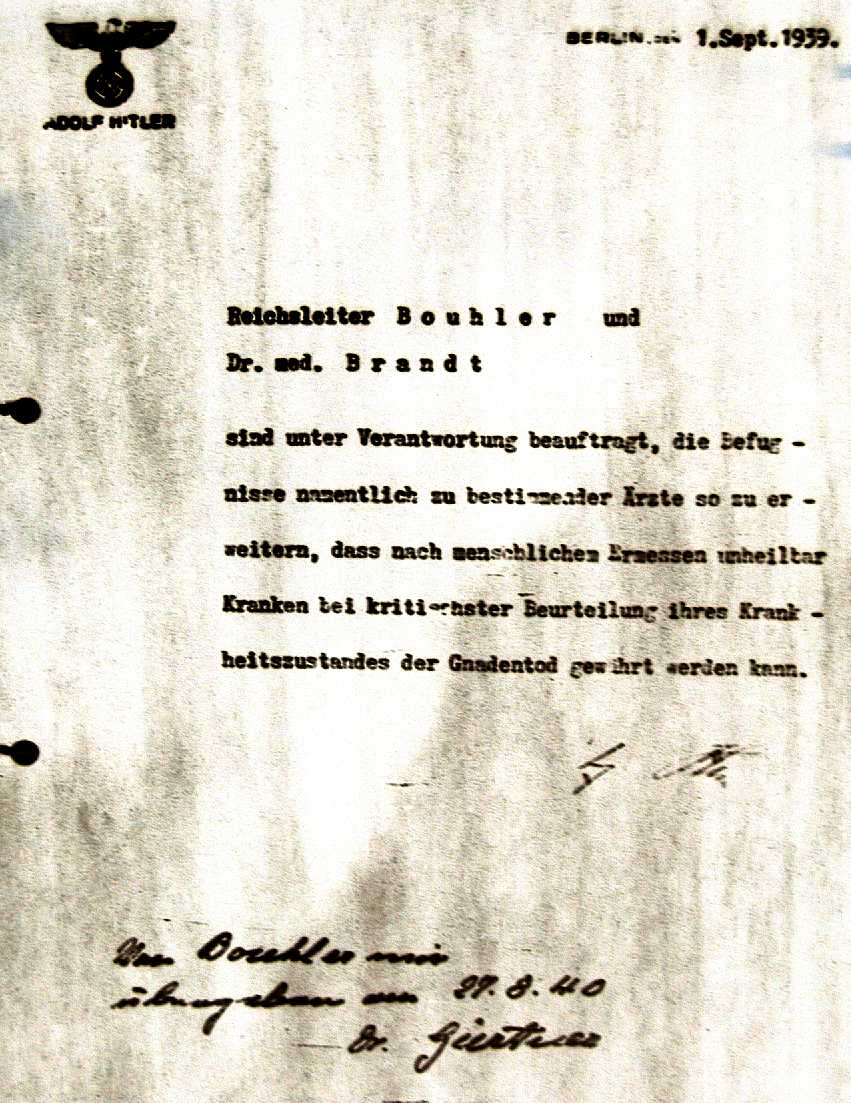
A
letter from Adolf Hitler to Phillip Bouhler and Dr Brandt
authorising the programme that would lead to the death
camps.
Nazi Germany made extensive use of various types of gas chamber for mass killing.
Beginning in 1939, gas chambers were used as part of the Nazi euthanasia program aimed at eliminating physically and intellectually disabled people.
Experiments in the gassing of patients were conducted in October 1939 in occupied Posen in Poland. Hundreds of prisoners were killed by carbon monoxide poisoning in an improvised gas chamber. In 1940 gas chambers using bottled pure carbon monoxide were established at six euthanasia centres in Germany. In addition to persons with disabilities, these centres were also used to kill prisoners transferred from concentration camps in Germany, Austria, and Poland. Killings of concentration camp inmates continued after the euthanasia program was officially shut down in 1941.
During the invasion of Russia, mass executions by exhaust gas were performed by Einsatzgruppen using gas vans, trucks modified to divert
engine exhaust into a sealed interior gas chamber.
Starting in 1941, gas chambers were used at extermination camps in Poland for the mass killing of Jews, Roma, and other victims of
the Holocaust. Gas vans were used at the Chełmno extermination camp. The Operation Reinhard extermination camps at Bełżec, Sobibór, and Treblinka used exhaust fumes from stationary diesel engines. In search of more efficient killing methods, the Nazis experimented with using the hydrogen cyanide-based fumigant Zyklon B at the Auschwitz concentration camp. This method was adopted for mass killings at the Auschwitz and Majdanek camps. Up to 6000 victims were gassed with
Zyklon-B each day at
Auschwitz.
Most extermination camp gas chambers were dismantled or destroyed in the last months of the World War II as Soviet troops approached, except for those at Dachau, Sachsenhausen and Majdanek. One destroyed gas chamber at Auschwitz was reconstructed after the war to stand as a memorial.
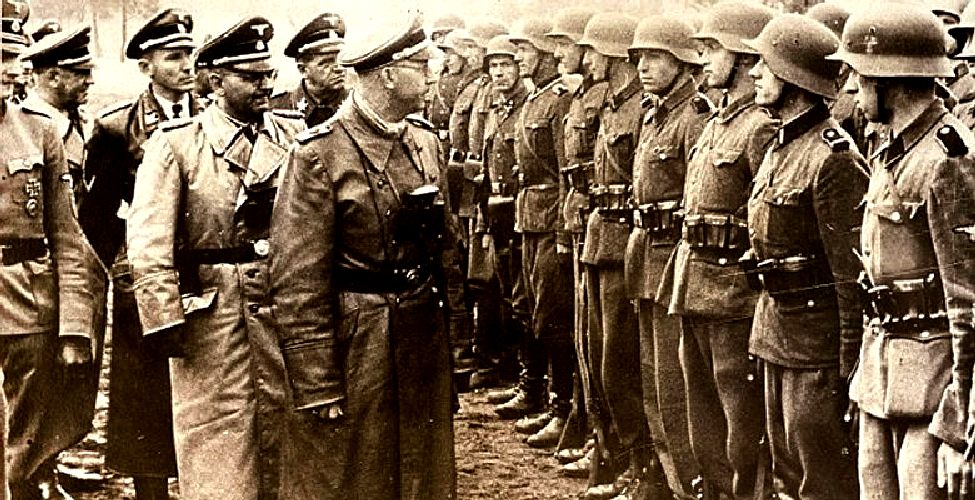
By the time the Germans invaded
Poland in September 1939, unleashing
World War II, there were six concentration camps in the so-called Greater German
Reich:
1.
Dachau (founded 1933)
2.
Sachsenhausen (1936)
3.
Buchenwald (1937)
4.
Flossenbürg in northeastern Bavaria near the 1937 Czech border
(1938)
5.
Mauthausen, near Linz, Austria
(1938) and
6.
Ravensbrück, the women's camp, established in Brandenburg Province, southeast of
Berlin (1939), after the dissolution of
Lichtenburg.
The first Nazi gas chambers for human beings were introduced as part of the Nazi euthanasia programme, called "Aktion T4", the operation for eliminating physically and mentally handicapped people in Germany and Poland. At that time, the preferred gas was carbon monoxide. In Germany this was provided via gas cylinders, in Poland mainly by the exhaust fumes of motors.
The first Nazi mass killings of non-German subjects utilising gas occured in October 1939 at Fort VII in Poznan, where patients from the mental home in Owinska were murdered in a small gas chamber at Fort VII. This was followed by the use of gas vans and gas trailer(s) at other mental homes in Poland. These killings were committed by the SS-Sonderkommando Lange.
From January 1940, gas chambers were used at six euthanasia killing centres in Germany and Austria (Hartheim) after Viktor Brack, chief of the euthanasia programme, had decided to use carbon monoxide to murder the patients of mental homes in those countries.
Later, after having decided to carry out the "Final Solution of the Jewish Question", the use of gas vans and stationary gas chambers was introduced in the occupied countries of the East, largely in order to avoid the mental problems SS men had encountered while shooting people, mainly Jews. At least 15 gas vans were delivered to the Einsatzgruppen.
After some experiments with the use of "Zyklon B" gas as a killing agent in August 1941, the first mass gassing at Auschwitz occurred on 2/3 September 1941. It took place in the cellar of Block 11 at the Auschwitz Stammlager. A short time later, in early fall 1941, a first gassing in the gas chamber of Crematoria I (also at the Auschwitz Stammlager) was carried out.
In November 1941, the extermination camp at Chelmno was established, where gas vans were used to kill the Jews of Lodz and its surroundings.
In March 1942, stationary gas chambers were introduced at the extermination camp Belzec. After several experiments with gas cylinders and exhaust fumes the SS decided to use a large motor for producing the carbon monoxide gas for three primitive gas chambers. The Belzec gas chambers became the prototype for the larger gas chambers at the Aktion Reinhard extermination camps Sobibor (May 1942) and Treblinka (July 1942).
The peak of gas chamber killings was reached at Treblinka, where 10 gas chambers were in simultaneous use. Here 2,500 people could be gassed within one hour. The victims were forced to enter the gas chambers naked and with raised arms so that the room could contain a maximum number of bodies. Babies were thrown on top of the crowd.
This method was well-conceived, because the poison gas produced a quicker, deadlier effect if as little air as possible was in a chamber. Therefore the "ultimate" gas chambers were constructed to be as low as possible (about 2 m from floor to ceiling).
To avoid panic, a lot of Nazi gas chambers were camouflaged as bath rooms. Signs were installed, with inscriptions directing the victims toward their final place. In the gas chambers themselves, fake plumbing was added and fake showers installed in the ceilings. Even pieces of soap were handed out sometimes
at Auschwitz and Chelmno), before the victims entered the gas chambers.
Where
the Nazis were aiming for maximum efficiency, we are surprised
that the bodies of their victims were not recycled as food or
fertilizer. The depths that our species is capable of reaching
in extremis is mind boggling.
|
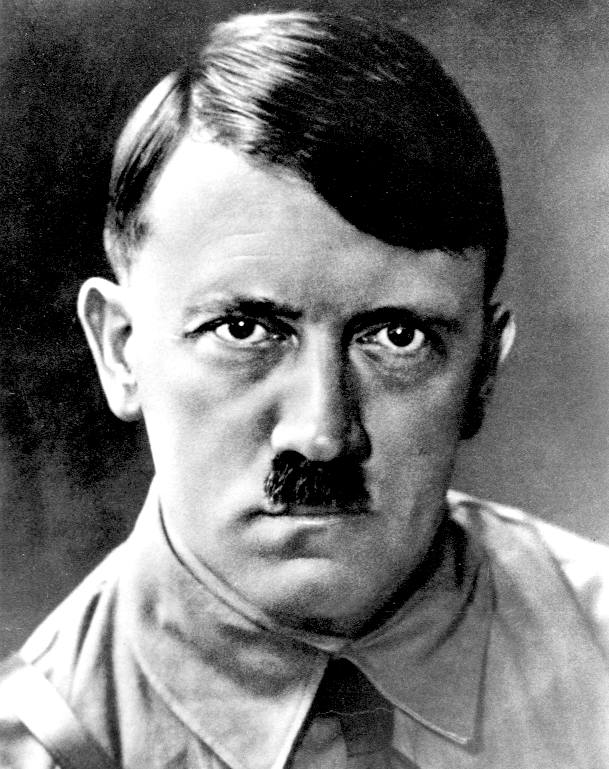
Adolf
Hitler
German
Chancellor
|
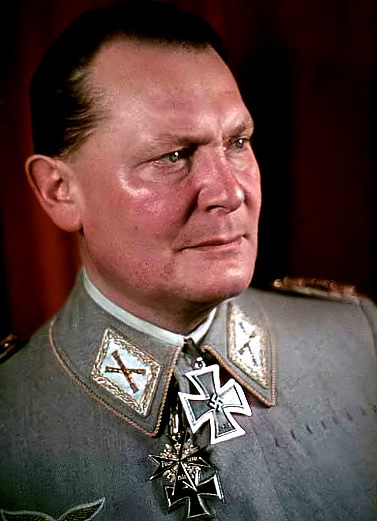
Herman
Goring
Reichsmarschall
Luftwaffe
|
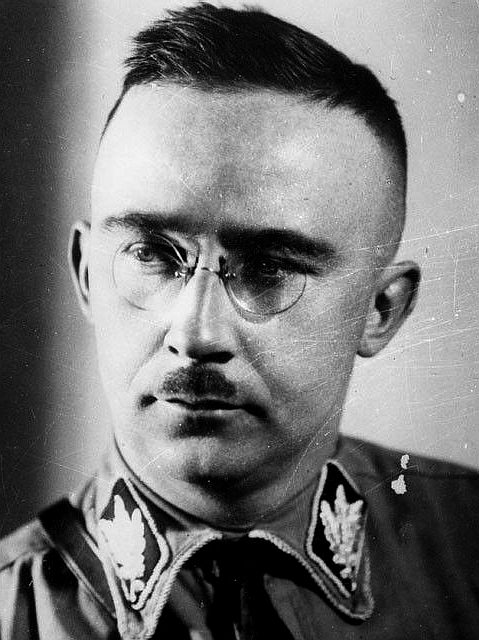
Heinrich
Himmler
Reichsführer Schutzstaffel
|
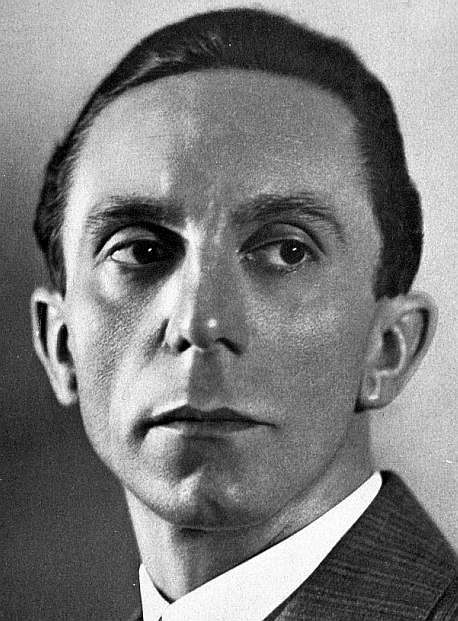
Joseph
Goebbels
Reich Minister Propaganda
|
|
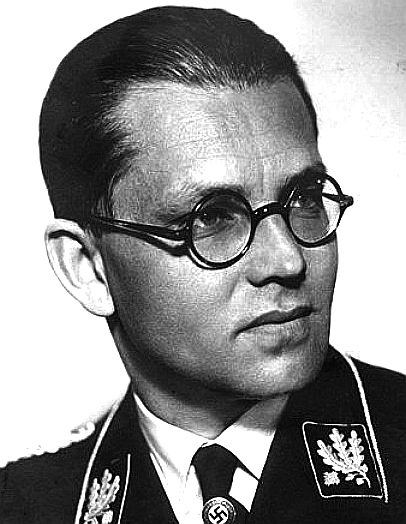
Philipp
Bouhler SS
NSDAP
Aktion T4
|
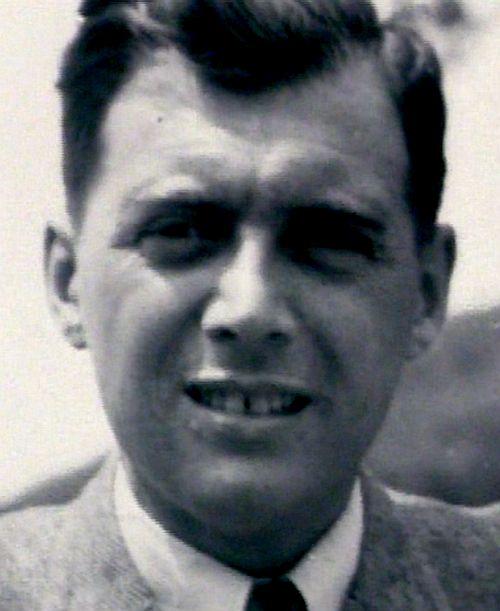
Dr
Josef Mengele
Physician
Auschwitz
|
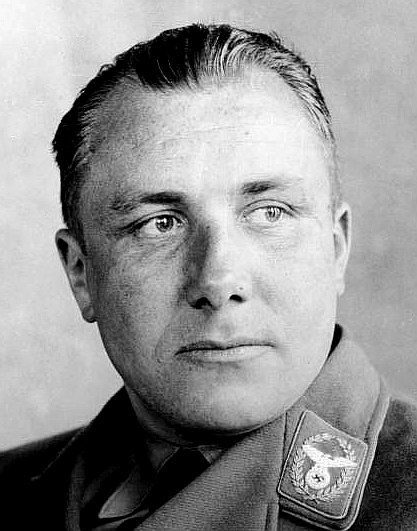
Martin
Borman
Schutzstaffel
|
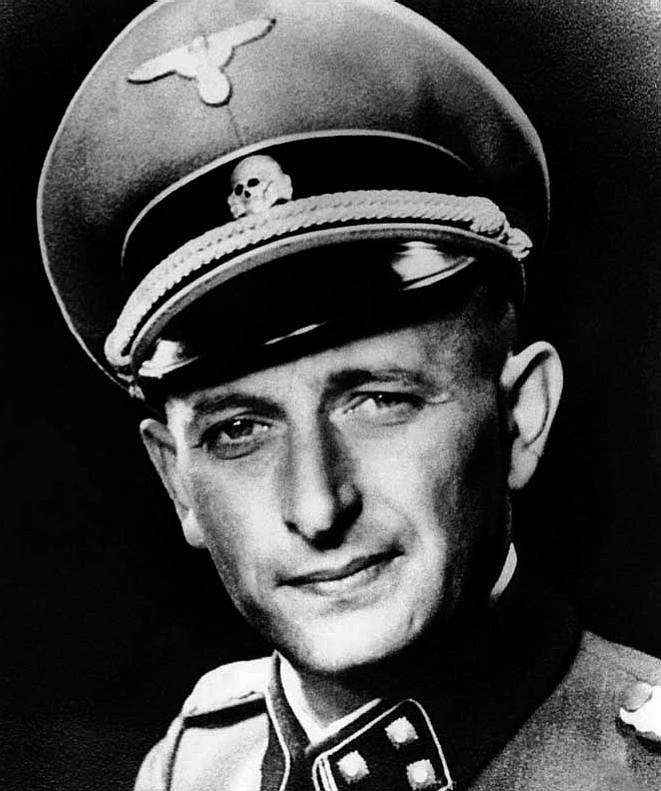
Adolph
Eichmann
Holocaust
Architect
|
|

Erwin
Rommel
The
Desert Fox
|
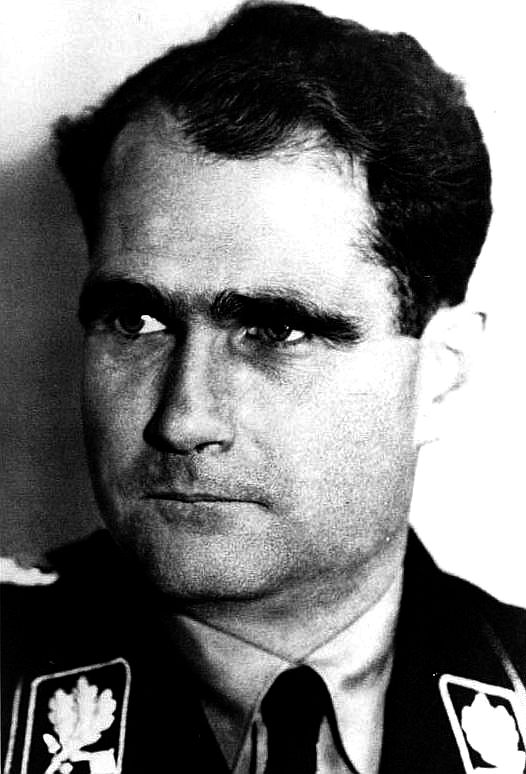
Rudolf
Hess
Auschwitz
Commandant
|
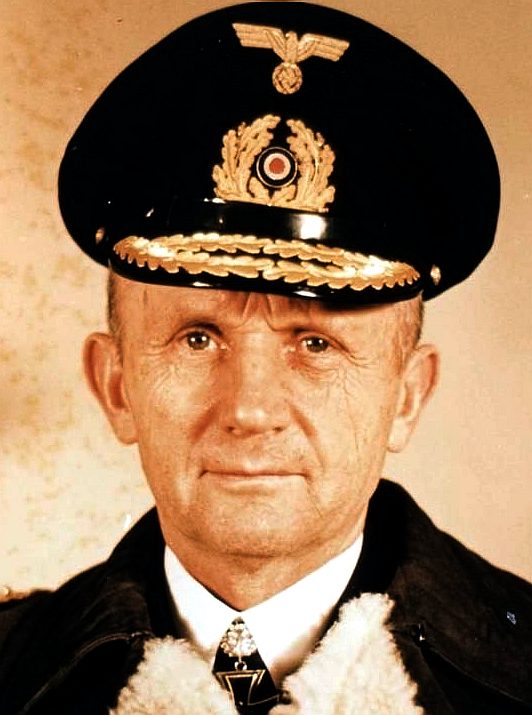
Karl
Donitz
Submarine
Commander
|
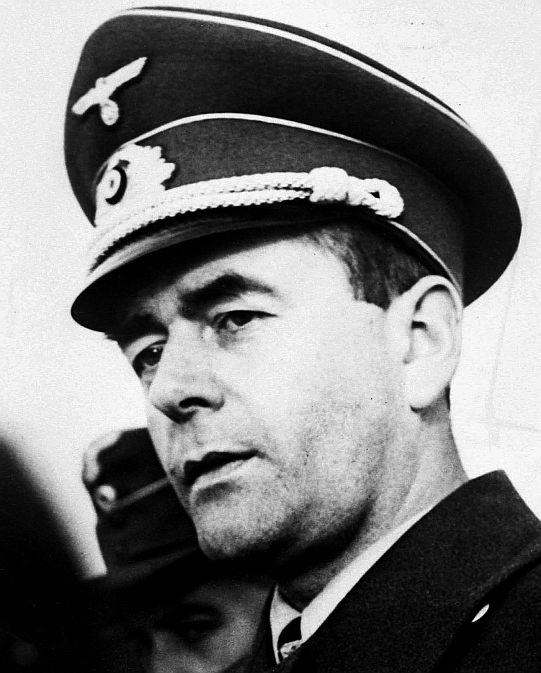
Albert
Speer
Nazi
Architect
|
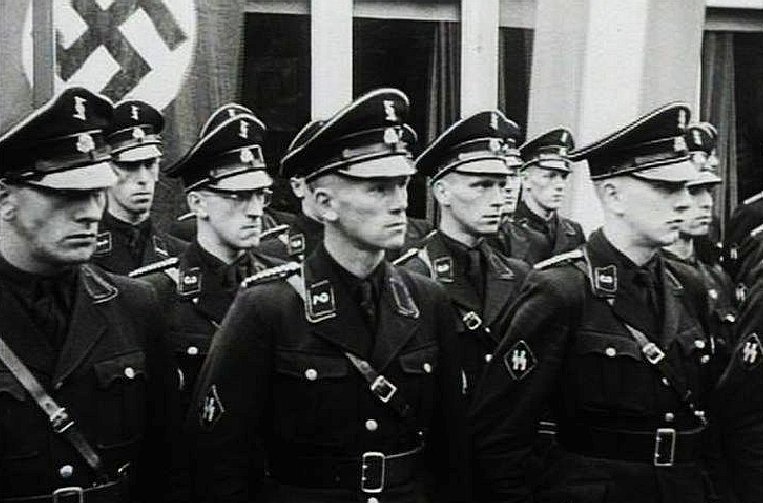
A
- Z OF NAZI GERMANY
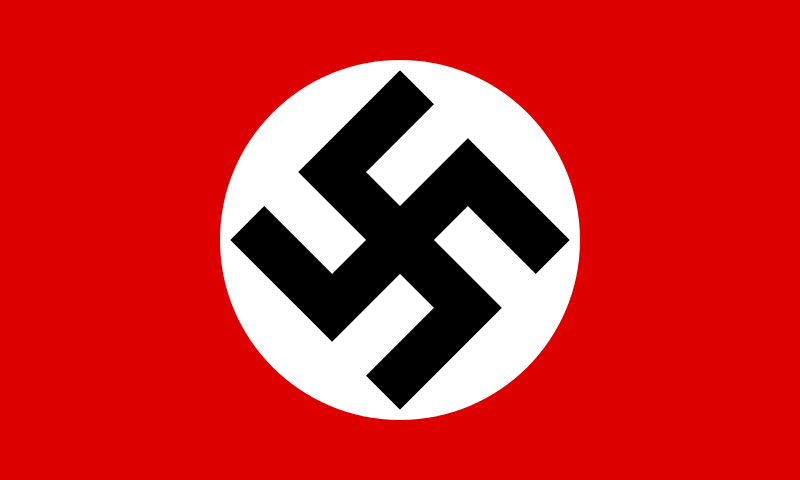
Good,
bad & evil A-Z
of humanity HOME
|















